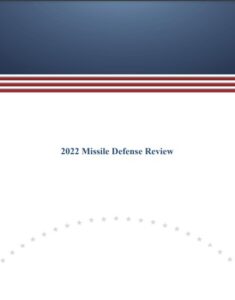
The unclassified version of the newest Missile Defense Review (MDR) released Thursday adds a new emphasis on homeland cruise missile defense, counter-unmanned aircraft systems (C-UAS), and defense of Guam. The Defense Department released the unclassified version of the MDR nested within the unclassified version of the 2022 National Defense Strategy (NDS). While the document restates the overall focus on traditional ballistic missile defense, particularly geared against North Korea, the Biden administration’s new document talks up a missile defeat approach beyond…

 By
By 











